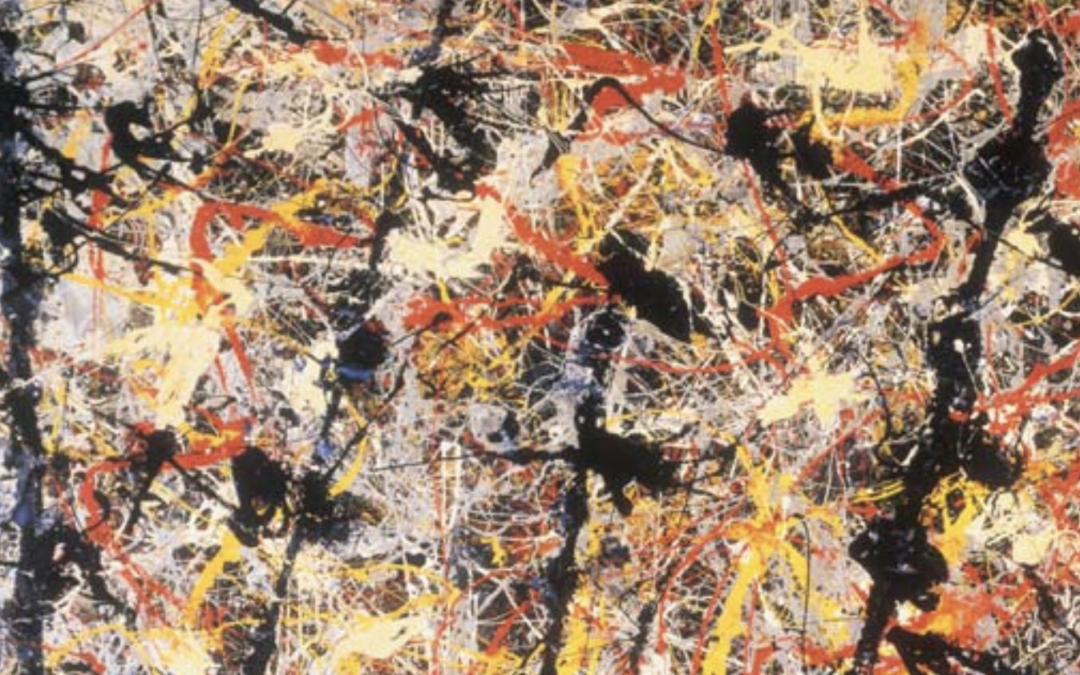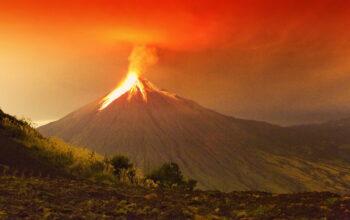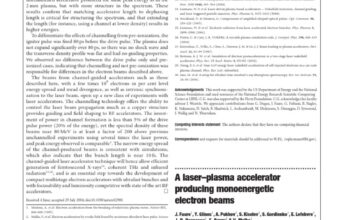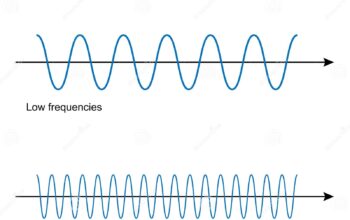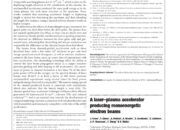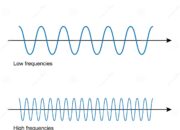Introduction
The confluence of art and science often gives rise to interdisciplinary inquiries that transcend traditional boundaries. One such inquiry is the utilization of fractal geometry as a method for determining the age of paintings, an approach that invites us to reexamine established art historical methodologies. What if the intricate patterns and seemingly chaotic brushstrokes in a Jackson Pollock painting are not merely expressions of artistic genius, but also clues to understanding its temporal context? This question beckons a deeper investigation into the intersection of artistry, mathematical modeling, and the philosophy of aesthetics.
The Concept of Fractals
Fractals are complex geometric shapes that exhibit self-similarity across different scales. This concept, articulated through mathematical formalism, reveals that certain patterns repeat at various magnitudes within a system. The works of mathematicians such as Benoit Mandelbrot have demonstrated that fractals are pervasive in nature—from the branching of trees to the ruggedness of coastlines. In the realm of art, fractal patterns often emerge in the work of abstract expressionists, raising the possibility that these artists intuitively engaged with fractal geometry.
The Relationship between Fractals and Art
As we delve into the multilayered relationship between fractals and art, one might ponder: how can the quantification of a painting’s fractal dimension offer insights into its creation date? Fractal analysis enables the characterization of visual elements within an artwork, such as texture and complexity. By applying fractal mathematics to canvases, scholars can derive a numeric value representing the degree of complexity present in the artwork. This dimension can be instrumental in hypothesizing about the conditions under which the painting was produced, particularly in identifying stylistic evolution over time.
Historical Context: The Emergence of Abstract Expressionism
The mid-20th century marked a significant departure from traditional representational art forms, culminating in the rise of abstract expressionism. Artists like Pollock engaged with spontaneous gestures and dynamic forms of expression. By scrutinizing the fractal attributes of Pollock’s drip paintings, researchers can gain insights into the innovative techniques employed in their creation. The chaotic yet structured nature of his work mirrors the unpredictability of natural systems, reinforcing the idea that artistic production can parallel fractal phenomena.
Methodological Approaches
To examine a painting’s fractal dimension, researchers often employ image processing software capable of quantifying visual complexity. This approach necessitates digitizing the artwork and analyzing pixel data. Various algorithms, such as the box-counting method, allow for the calculation of the fractal dimension. The challenge, however, lies in distinguishing between inherent artistic qualities and the factors introduced by external variables, such as the medium, cultural context, and the artist’s emotional state. Moreover, how do technical limitations of imaging and processing affect the reliability of these analyses?
The Challenge of Interpretation
While fractal analysis can yield informative data regarding complexity and contradiction in artistic styles, the interpretation of these findings remains contentious. Critics may argue that quantifying art’s essence through mathematical constructs divorces it from its intended emotional or philosophical underpinnings. Conversely, proponents assert that such quantification can provide new insights into understanding the evolution of artistic movements. Therefore, one must ponder: can the empirical data derived from fractal analysis coexist harmoniously with the subjective experience of art appreciation?
Applications Beyond Art History
The potential applications of fractal analysis extend beyond the confines of art history, intersecting with fields such as forensic science, archeology, and even conservation science. In forensic art analysis, understanding the structural complexity of artwork can aid in verifying authenticity or identifying forgeries. Furthermore, in conservation, insights gleaned from fractal dimensions may influence restoration strategies, allowing conservators to prioritize specific areas based on complexity gradients. This multidisciplinary approach not only elevates the understanding of the artwork in question but also hinges on the interplay between aesthetic value and empirical rigor.
Conclusion
In the quest to bridge the temporal gap between the present and the past, fractals emerge as a compelling tool within the scholarly arsenal. By grappling with the challenges and potential pitfalls of this mathematical approach to art analysis, researchers can illuminate the complex interplay between artistic intention, cultural context, and temporal evolution. The empirical quantification of aesthetics can enrich our appreciation of art while fostering interdisciplinary dialogues that celebrate both the scientific and the subjective dimensions of creativity. Ultimately, the journey from the present to the past through fractal analysis poses not only a scientific challenge but a philosophical inquiry into the essence of artistic expression itself.
